Everything you need to know about soft lures for predator fishing
With so many different types of soft lure on the market, it can be difficult, especially for an amateur angler, to find your way around. But with the right knowledge, Fishing with the right soft lure could help you catch the fish of your dreams. But choosing the right soft lure isn't just a matter of taste. It all depends on the fish you're targeting, the season, the water temperature, the depth at which you'll be fishing and the fishing technique you'll be using. But once you've mastered these parameters, you will see that soft lures are very often the best option for most conditions. From worms and shads to craws and grubs, here's everything you need to know about soft lures and how to fish them.
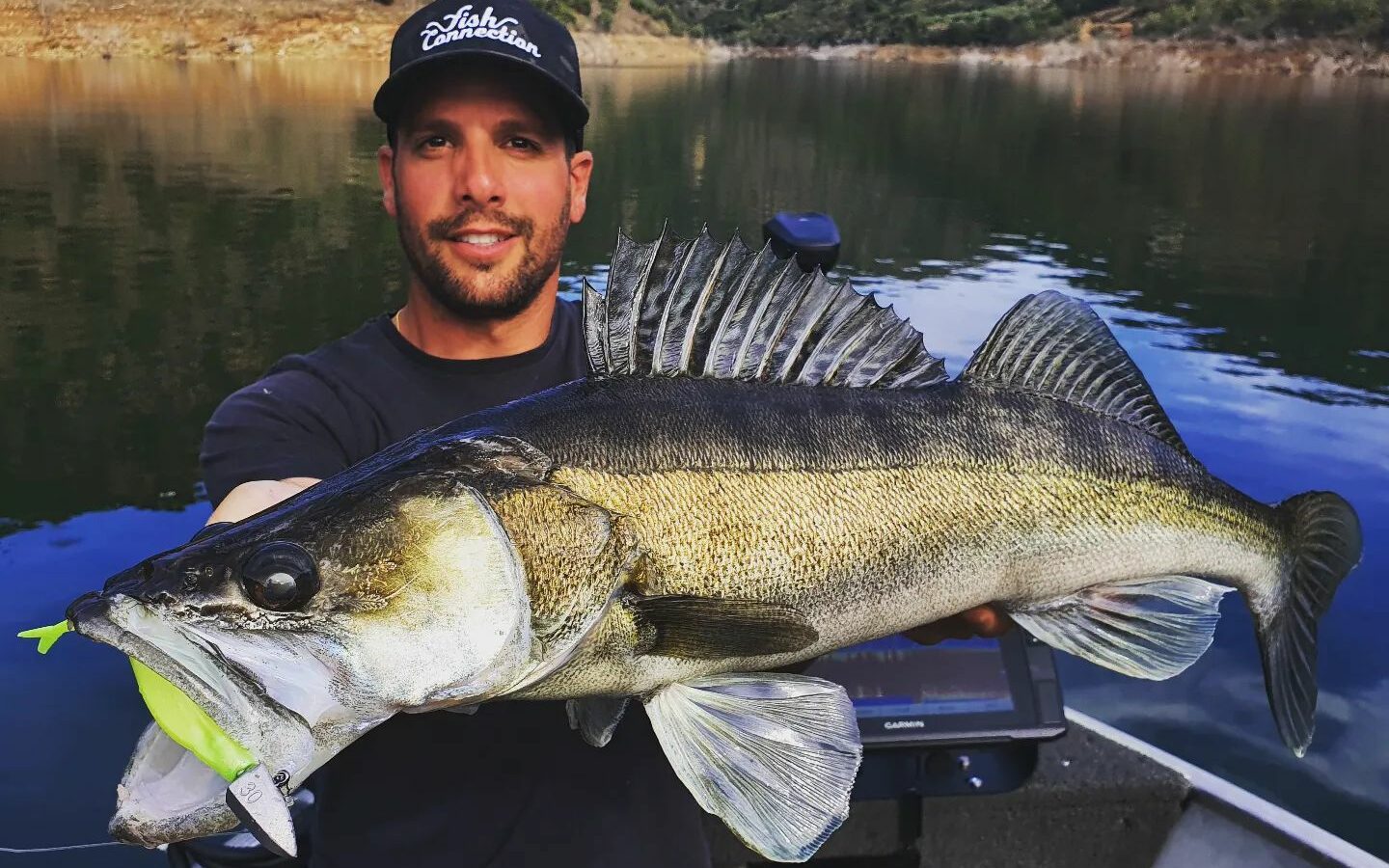
1st rule for soft lures: There are no rules
The soft lure is above all a a combination of salt, plastic, sand, glitter and dyes. The aim of the soft lure is to imitate any prey for a carnivore: fish, worms, frogs, lizards, etc. There is a range of soft lures to choose from. incredible variety of colours, shapes and sizes. There are hundreds of different types of plastic available on the market. That's why we're going to try to be as generic as possible and start by explaining the main families of soft lures and their uses.
The Worm: The easiest soft lure for beginners to master
The worm is probably the easiest soft lure to start fishing with. This type of soft lure is very old but has stood the test of time, being so effective and productive on all species of predator.
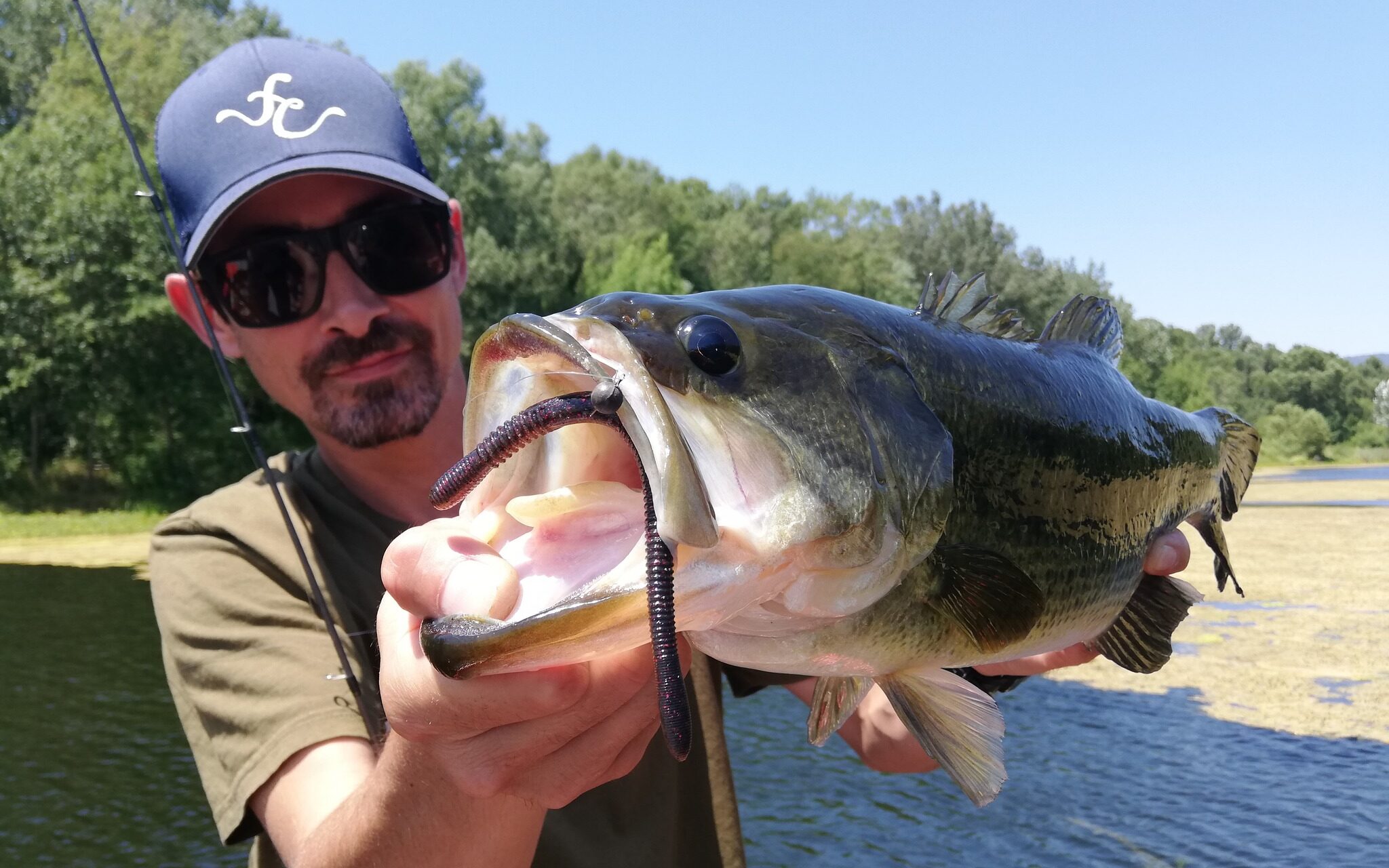
Worms are available in a variety of lengths with a variety of tails. They are, some worms have straight tails, some are paddle-shaped, loop-shaped and many others. Each cue is designed to give the worm a certain action and vibration to the animation.
There are many ways to fish with a worm, each one responding to specific conditions. Its narrow profile helps it cross obstacles. But a long looped tail will tend to snag on objects underwater. We think this type of soft lure is ideal for fishing long distances or exploring deep water. This type of soft lure is very effective with Texas rigs or simply with a lead head.
For a basic worm like a senko, we love using this type of soft lure in summer on wacky black bass. The action is discreet and very effective on ultra-cautious fish.
Here are a few iconic worms we recommend:
Soft Stickbait: The ideal soft lure for surface prospecting
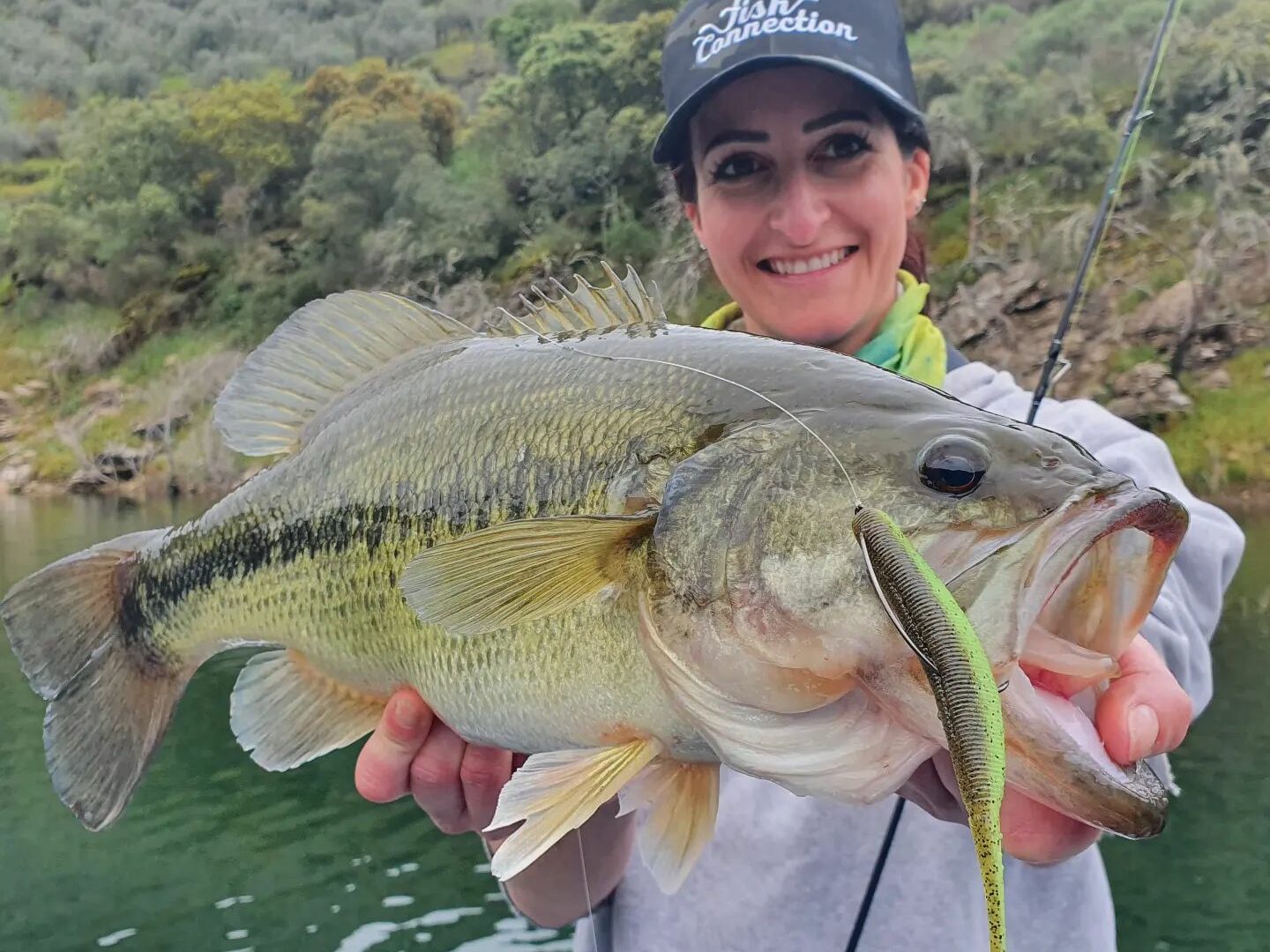
As its name suggests, the soft stickbait is the flexible version of the classic stickbait. This flexible lure is usually mounted on an unplumbed Texas hook and allows you to explore the surface of the water by twitching the lure.
When conventional stickbaits aren't effective, the soft stickbait provides a slower, more discreet approach. In clear water, it's a real magnet for black bass and pike.
Soft stickbaits are excellent soft lures for fishing under foliage because they are generally very easy to skipper. Also, we like to use them in fairly crowded areas and simply drop the lure gently while controlling the descent. At this point, keep an eye on your line. The slightest twitch, a jump in the line or simply a slow movement of your line to the side, and you'll know you're in for a treat.
Here are some iconic soft stickbaits we recommend:
The shad: currently the most popular soft lure
Shad fishing is one of the most popular soft lure fishing techniques in the world. In France, this lure is aimed at all carnivores: pike, zander, perch, black-bass, sheatfish, trout, chub and asp, not to mention marine species.
The shad is a soft lure designed to imitate a fish. This lure has a vibrating tail or "paddle", generally positioned perpendicular to the body of the lure. It is this paddle that sets the whole lure in motion, applying what is known as a rolling action. This rolling device emits specific vibrations that stir up more or less water, attracting fish from a distance and often generating violent attacks.
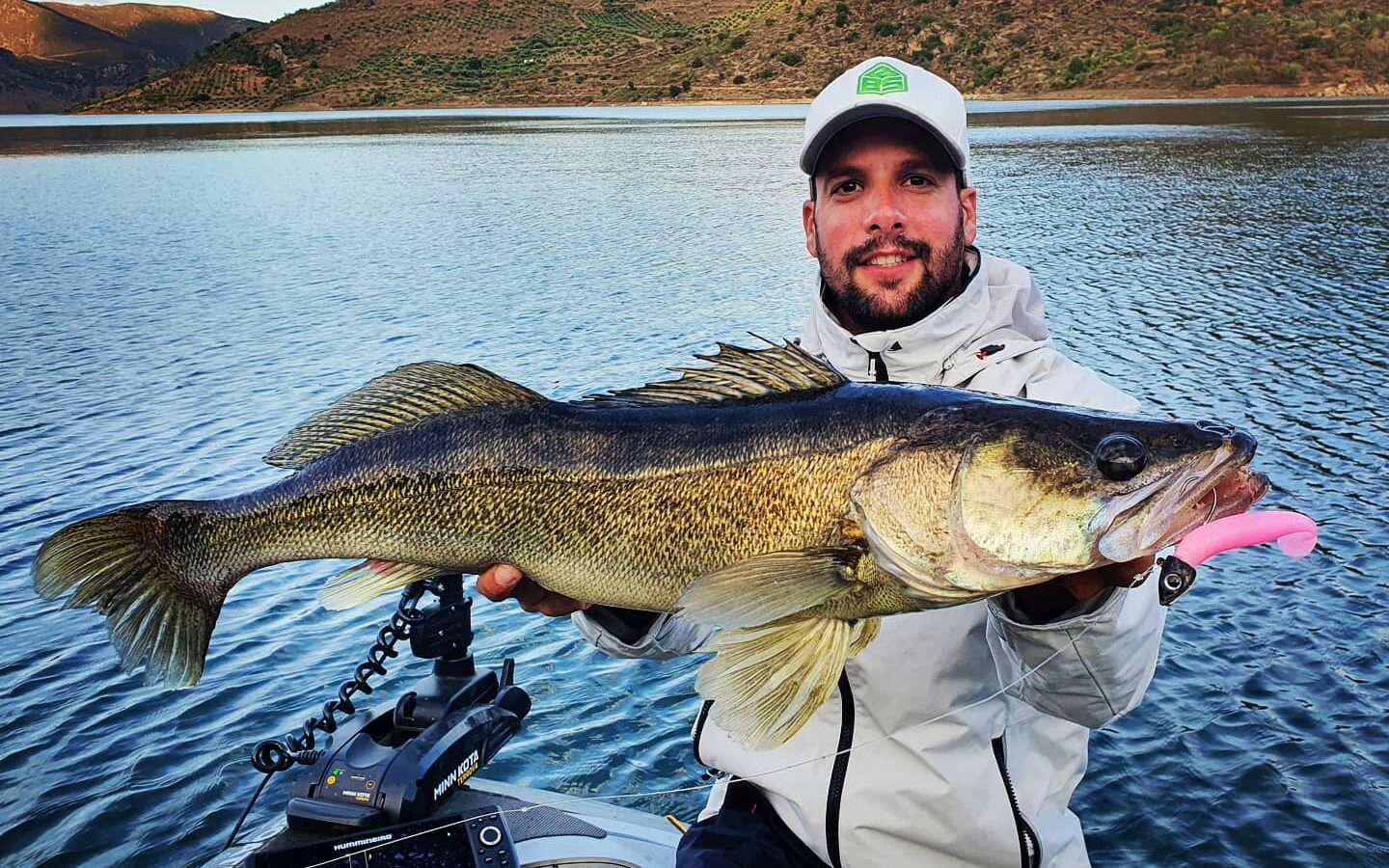
Manufacturers play on both the shape and rigidity of the plastic to vary the vibrations. A soft plastic will allow the lure to swim slowly, while a shad made of hard plastic will require more ample and dynamic animations. These rigid lures are particularly suited to rough waters with strong currents, emitting powerful vibrations that can be heard from a distance.
Versatile by nature, this soft lure is usually mounted on a lead head. As such, it can be used to explore different layers of water and to practise different lure fishing techniques. Whether you're fishing in freshwater or the sea, the shad is an essential ally for attracting predators and increasing your chances of success during your fishing sessions.
Here are a few iconic shads we recommend:
The Grub: One of the easiest soft lures to use
The grub (or curly) is one of the first soft lures we started fishing with. The grub resembles a shad in body. However, unlike a shad, the tail is very thin and curved, resembling a comma with an upward curve. The tail twirls at the slightest touch, giving the lure a wide swimming action and making it particularly effective at slow speeds.
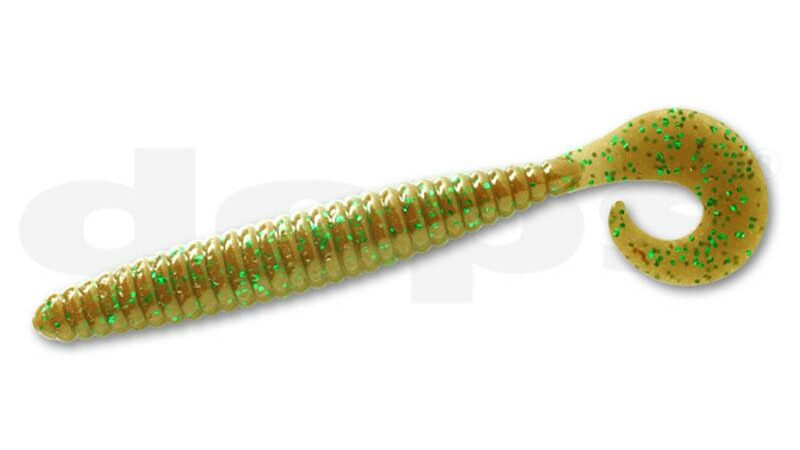
We particularly like grub fishing when conditions are difficult and predators are sulky. In this case, using a softer approach and a lighter vibration often pays off.
Grubs are very popular in Texas rigs. However, they are also frequently used in Carolina rigs and drop shot rigs.
Here are a few iconic grubs we recommend:
The craw: Crayfish imitation
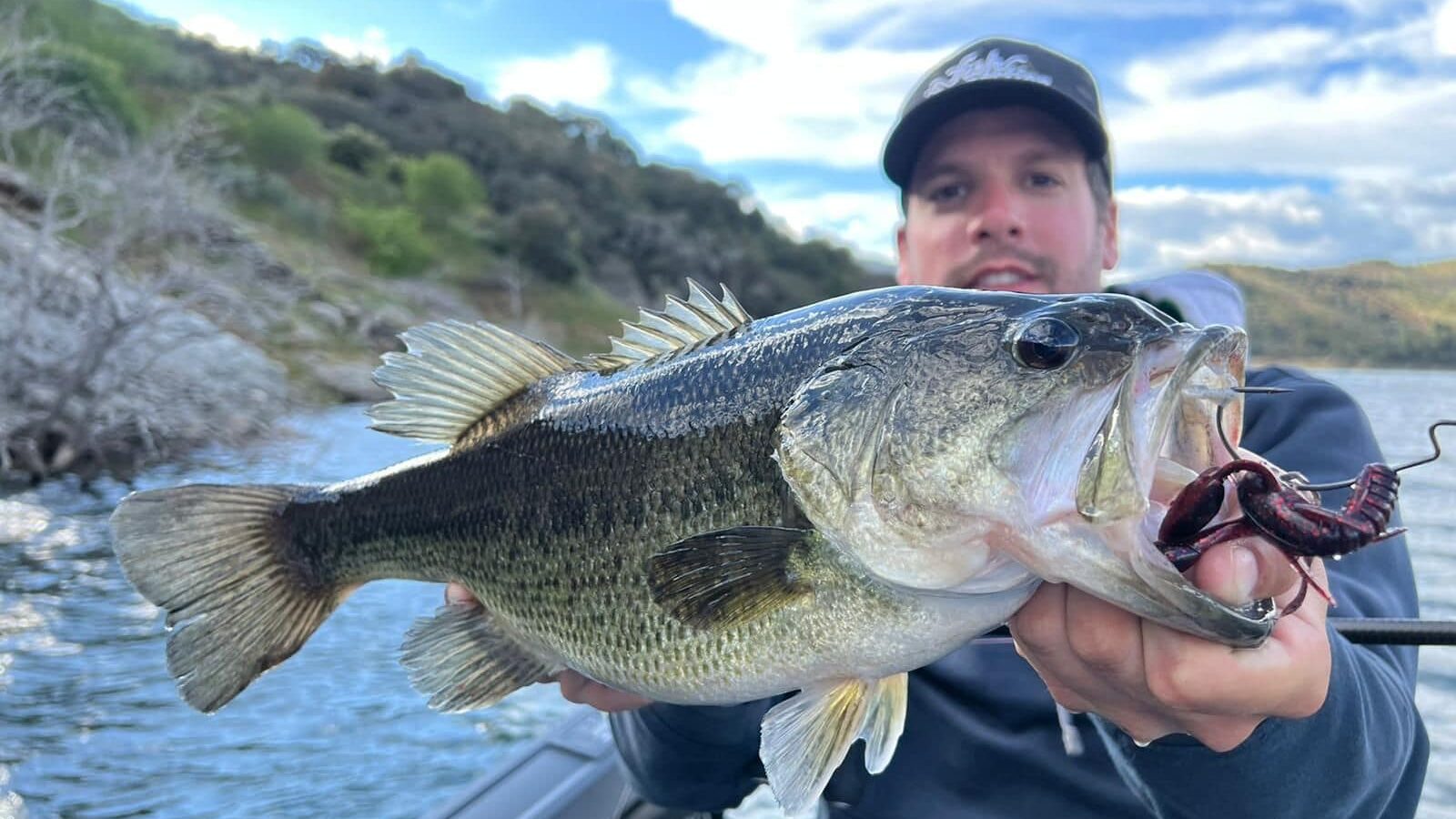
As its name suggests, a craw is a flexible lure in the shape of a crayfish, very effective on black bass, perch and pike-perch. As a general rule, most craws consist of a small narrow body of 3 to 4 inches with two claws or appendages imitating claws at one end. You hook the lure onto the rounded end, either in a Texas rig or on a jig head.
Many anglers use craws as a trailer for a jig. We love fishing with craws in dead wood and very crowded areas close to the bottom.
Here are a few iconic grubs we recommend:
Tubes: A remarkably versatile soft lure
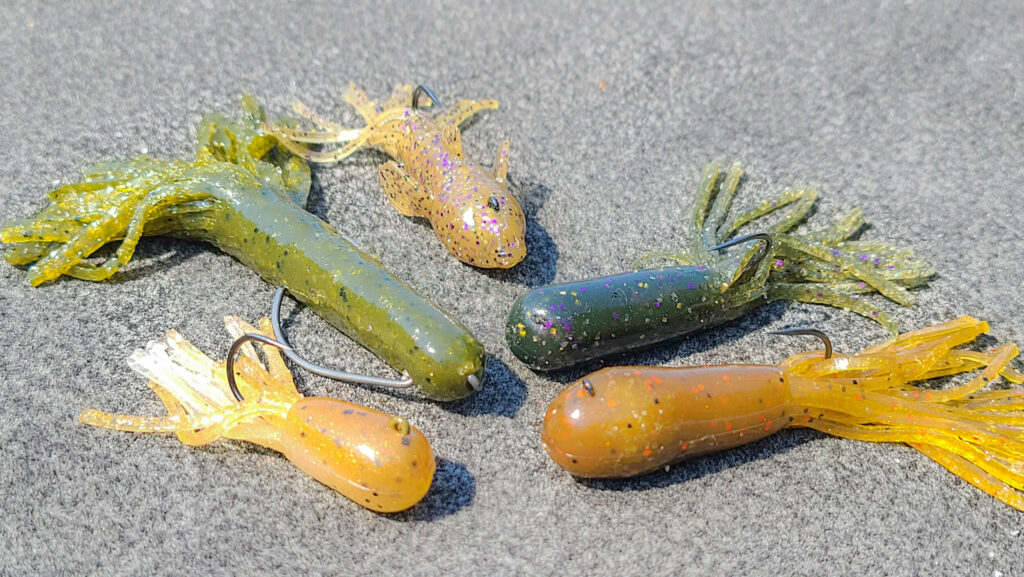
A tube is a flexible lure in the shape of a tube, hollowed out with multiple tentacles at the tail. You can thread a TP inside the tube or rig it as a Texas rig with a weightless lead and Texas hook. Tubes are extremely versatile soft lures. On the way down, they drop with an erratic spiral action, which tends to drive bass and pike crazy. We particularly like fishing with this soft lure for sight fishing. Sensations guaranteed!
Toads: Soft lures that imitate frogs

These soft plastic frog imitations have been designed to be fished over areas of dense vegetation. This soft lure has a wide, flat body and usually two legs that wiggle at the back. The animation of a toad is simple. All you have to do is bring the lure to the surface at a constant speed like a buzzbait. Attacks are generally unbelievably violent!
This is an excellent option for fishing over grass in summer and autumn. We recommend using braid or a large fluorocarbon to get your lure out of the weed very quickly.
Final thoughts on types of soft lures
Finding the best soft lure for your style of fishing can take a bit of trial and error. Fortunately, soft lures are usually an option. much more affordable than some other lures. This will allow you to test different lures until you find the one that gives you the best results. And you can always make your own soft lures to save even more money.
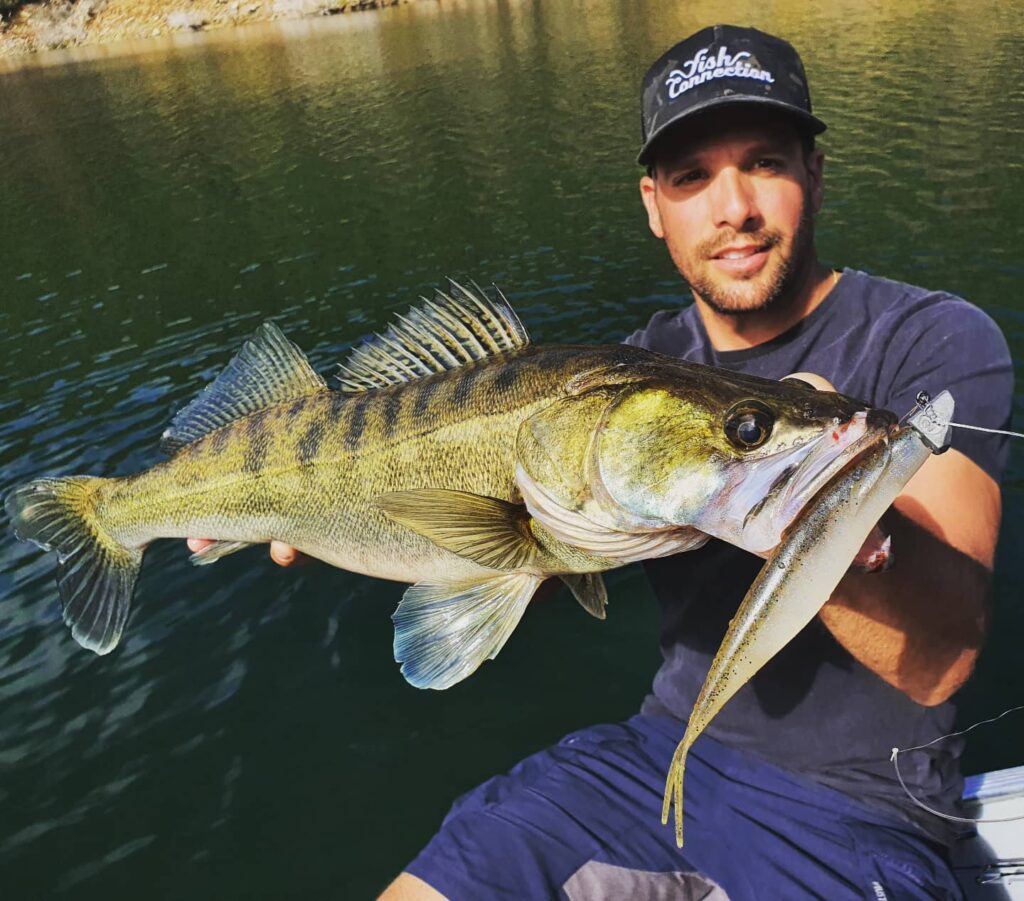
For beginners, shad and grub type lures are a common choice that can easily give good results on any type of predator. If you often fish in dense vegetation, under thick cover or around water lilies, consider using Frog lures or Texan soft stickbaits to limit the risk of getting tangled up or caught in obstacles.
Finally, in areas where there is a lot of fishing pressure, even shy and stressed fish will react better to a worm or a grub.
Useful links to complete this article:
10 soft lures for perch fishing
10 soft lures for pike fishing
Our 10 key soft lures for bass fishing
What size of Texas hook to choose for a soft lure?
Megabass X Layer: A legendary lure that's a must-see